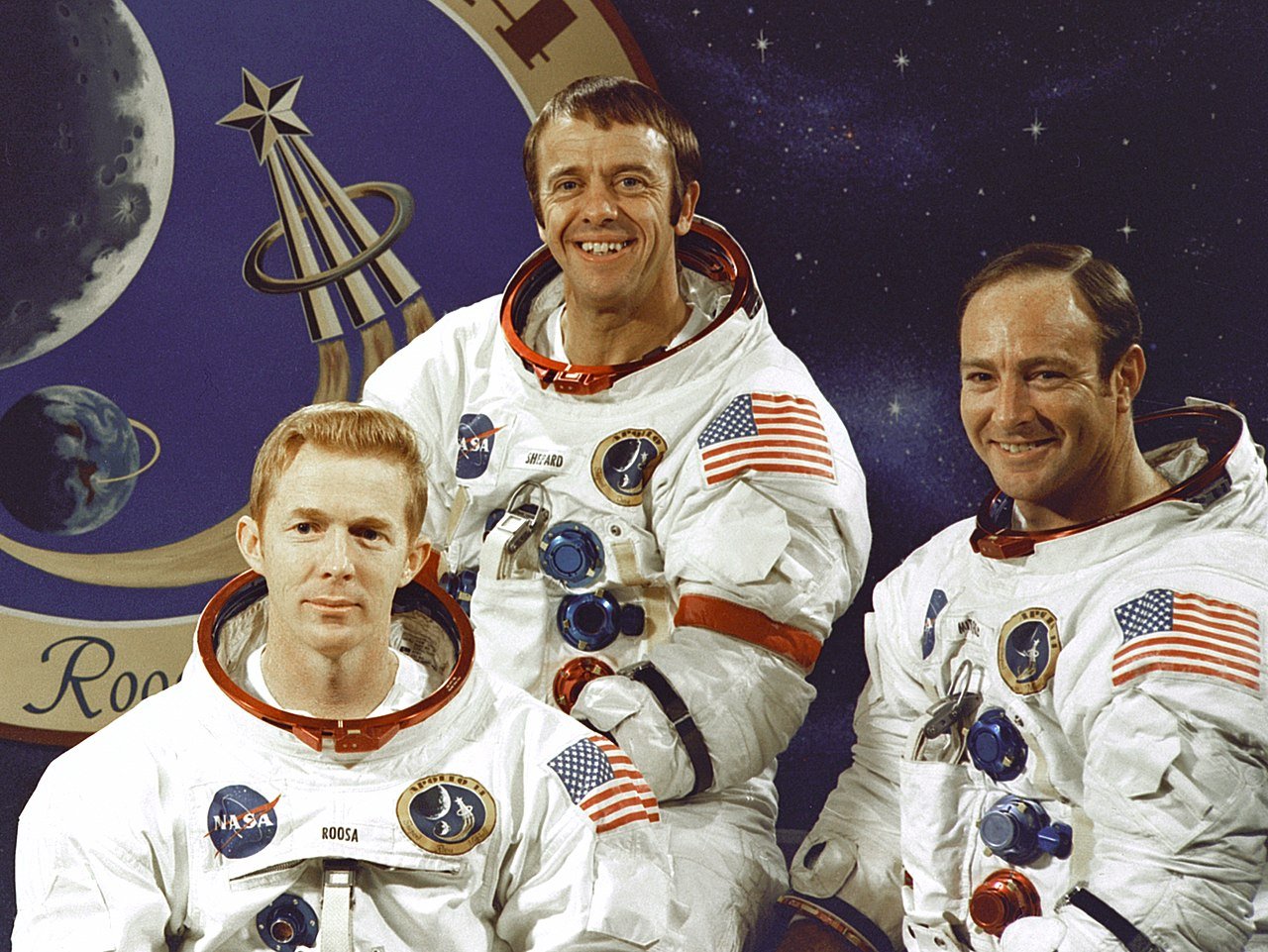Apollo 14, the third manned lunar landing mission, successfully returned to Earth on February 9, 1971. This mission marked another triumph in the era of space exploration, as the astronauts, Alan Shepard, Stuart Roosa, and Edgar Mitchell, completed their journey to the Moon and safely made their way back home.
The Apollo 14 mission was a significant milestone in the history of space exploration. It followed the groundbreaking Apollo 11 mission, which saw Neil Armstrong and Buzz Aldrin become the first humans to set foot on the lunar surface. Apollo 14 aimed to continue expanding our knowledge of the Moon and gather valuable scientific data.
On January 31, 1971, the Apollo 14 spacecraft was launched from Kennedy Space Center in Florida. The crew consisted of Commander Alan Shepard, Command Module Pilot Stuart Roosa, and Lunar Module Pilot Edgar Mitchell. Their mission was to land in the Fra Mauro highlands, an area rich in geological significance.
After a journey of approximately 240,000 miles, the Apollo 14 spacecraft entered lunar orbit on February 4, 1971. Shepard and Mitchell then transferred to the Lunar Module, named Antares, while Roosa remained in the Command Module, Kitty Hawk, orbiting the Moon.
On February 5, Shepard and Mitchell descended to the lunar surface in the Lunar Module. They became the fifth and sixth humans to walk on the Moon. During their stay, which lasted over 33 hours, they conducted various experiments and collected samples of lunar rocks and soil.
One of the most memorable moments of the Apollo 14 mission was Alan Shepard’s golf shot on the Moon. Shepard, who had been unable to swing a golf club during his previous mission due to the bulky spacesuit, took advantage of the Moon’s lower gravity and hit two golf balls with a makeshift club. This lighthearted moment captured the imagination of people around the world and added a touch of humanity to the mission.
In addition to the golf shot, the astronauts conducted several scientific experiments on the lunar surface. They deployed seismometers to study moonquakes, set up a solar wind composition experiment, and collected samples from the Fra Mauro formation, which provided valuable insights into the Moon’s geological history.
After completing their lunar activities, Shepard and Mitchell rejoined Roosa in the Command Module. On February 9, 1971, Apollo 14 began its journey back to Earth. The Command Module successfully reentered the Earth’s atmosphere and splashed down in the Pacific Ocean, where the crew was safely recovered by the USS New Orleans.
The return of Apollo 14 marked the conclusion of another successful lunar mission and furthered our understanding of the Moon’s geology and potential for future exploration. The samples collected during the mission provided scientists with invaluable data, helping to unravel the mysteries of our celestial neighbor.
Today, the legacy of Apollo 14 lives on. The mission paved the way for future lunar exploration and contributed to the overall knowledge and understanding of our universe. The scientific discoveries made during the Apollo program continue to shape our understanding of space and inspire future generations of explorers.
In conclusion, the return of Apollo 14 to Earth on February 9, 1971, was a significant event in the history of space exploration. The mission’s success, highlighted by Alan Shepard’s golf shot on the Moon and the collection of valuable lunar samples, furthered our understanding of the Moon and paved the way for future missions. Apollo 14 stands as a testament to human ingenuity, curiosity, and the relentless pursuit of knowledge beyond our planet.
SEO Excerpt:
The Apollo 14 mission, which successfully returned to Earth on February 9, 1971, marked another triumph in the era of space exploration. This article provides a detailed account of the mission, including the astronauts’ activities on the lunar surface and the scientific data collected. Learn more about this historic event and its significance in expanding our understanding of the Moon.

